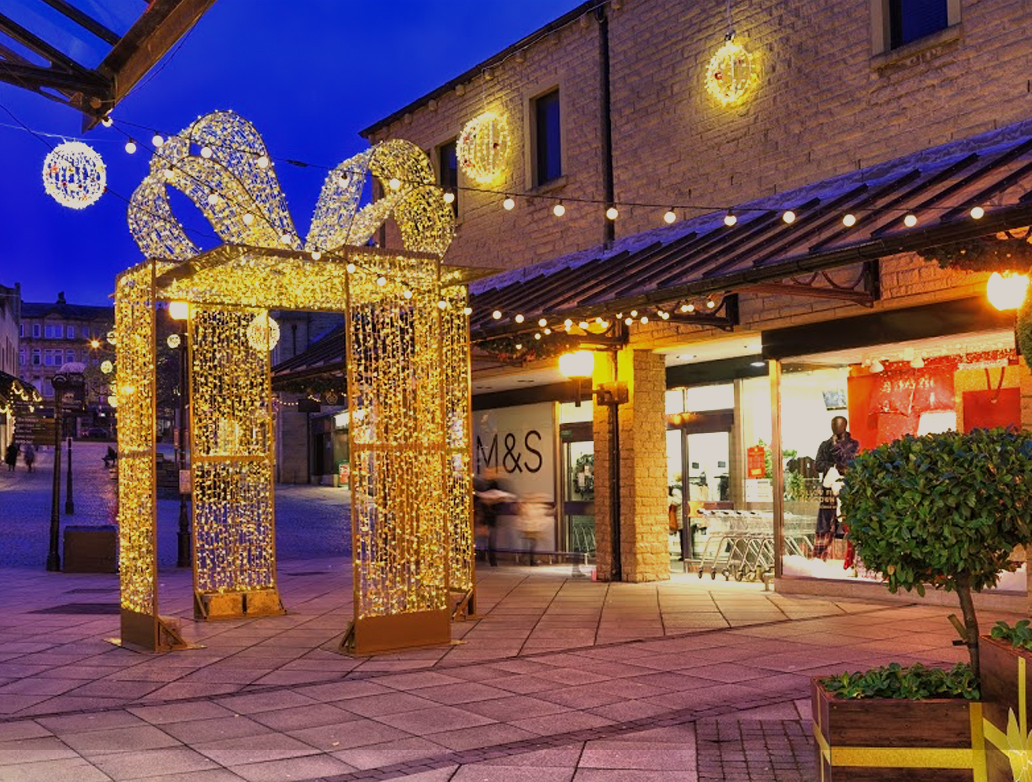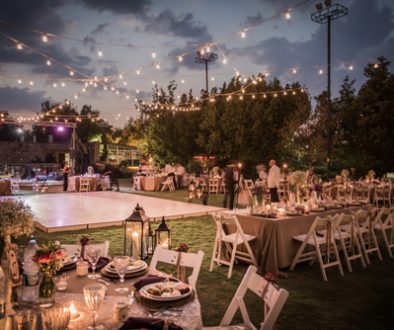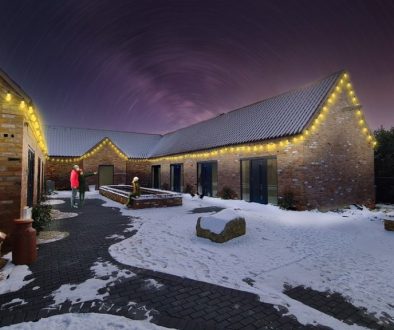How Much Does It Cost To Run Your Christmas Lights This Year?

With uncertain times ahead, we recognise that lots of you will be wondering how much your Christmas Lights will cost to run this year.
How economical are LED Christmas Lights?
LED Christmas Lights are up to 80% more economical than Traditional Christmas Filament Light Bulbs. The reason behind this is that LED Lighting uses less power, and as a result ultimately reduces our energy costs immediately. Furthermore, LED Lighting is guaranteed a longer lifespan than traditional lighting as they are very robust compared to previous counterparts which saves you more money in the long run as it eliminates the need to replace your Christmas Lights.
Why do the majority of Christmas Lights have a timer function?
Ultimately the timer prevents unnecessary energy usage. The majority of timers have an 8-hour switch-on period and 16 hours switched off period. This is ideal for during the winter months, It starts to go dark at around 4 pm, the optimal time to turn your Christmas Lights on. At midnight they will automatically switch off which reduces the amount of time your lights are on unnecessarily. We recommend purchasing lights with a timer or a plug socket with a mechanical timer to prevent unnecessary energy usage.
How much does it cost to light a Christmas Tree?
Last year on average people had Christmas Lights displayed from the 26th of November to the 6th of January according to Uswitch, which equates to 43 days of dazzling Christmas Lights burning through energy. The energy usage of Christmas Lights is comparable to watching television for 8 hours a day, or one cycle of washing. Also, when we switch our Christmas Lights on, we often don’t put on any additional lighting which also reduces our ultimate cost of electricity.
To get technical, the exact calculation for a daily cost is your rate per kWh (kilowatt hour) – which averages at around 34p at the moment – multiplied by the power consumption of your lights (for example a typical LED light bulb might be around 10w, i.e., 0.01kW) multiplied by the number of hours you use the device per day.
So, for that 10w LED light bulb, leaving it on for 8 hours a day, the calculation is as follows: 34 x 0.01 x 8 = 2.72p per day.
*Calculated based on 8 hours use per day, using the average electricity unit rate of 34 pence per kWh. Rates may vary depending on the payment method, meter type and region.
We hope you have found this helpful and can find comfort in the information we have provided, as lighting up your space this Winter doesn’t need to cost the earth.



